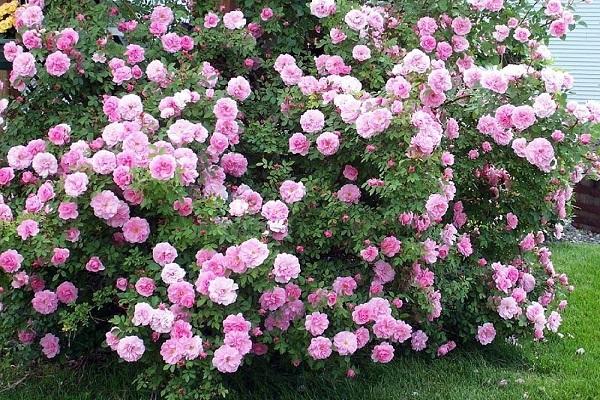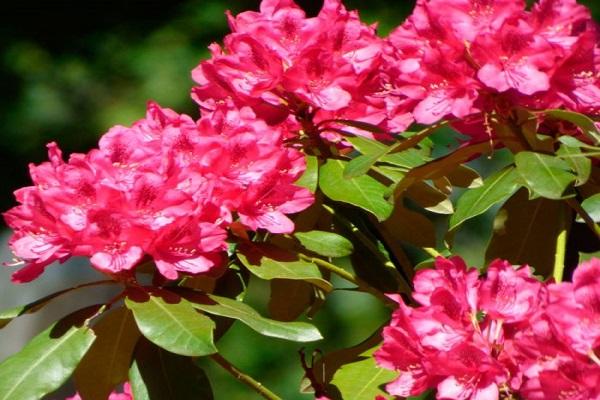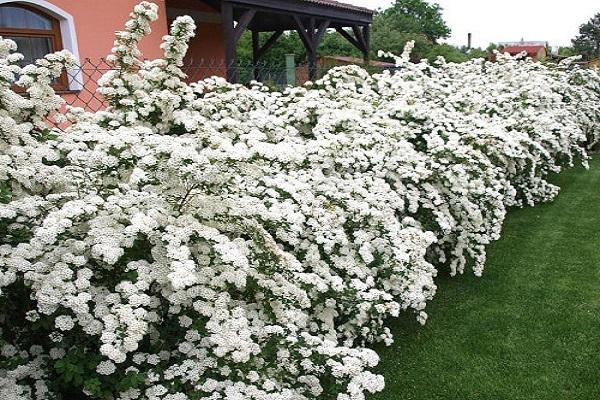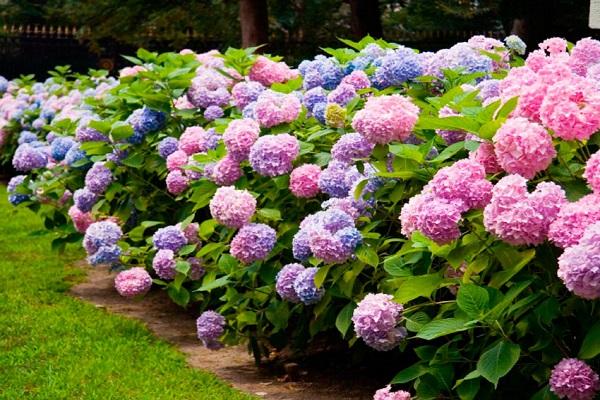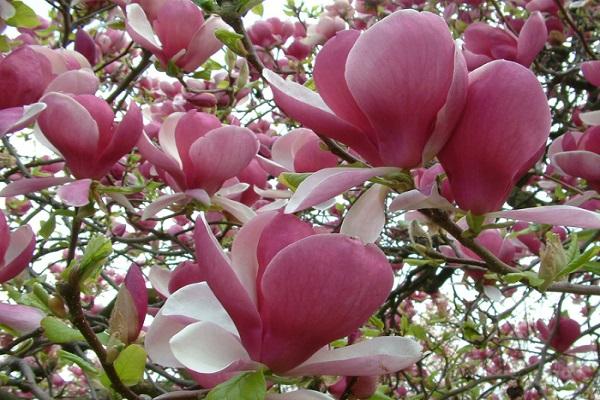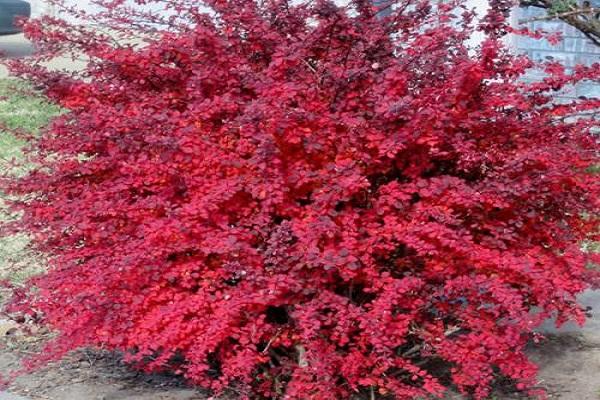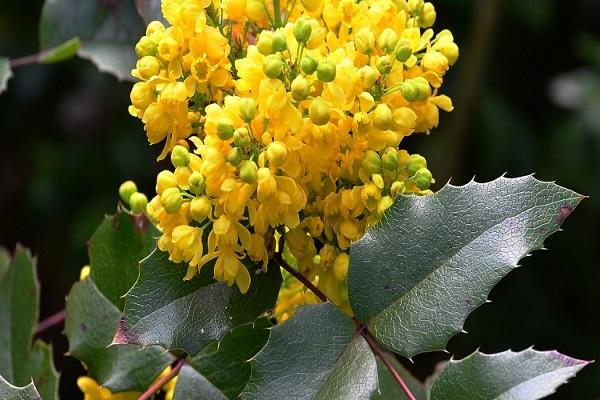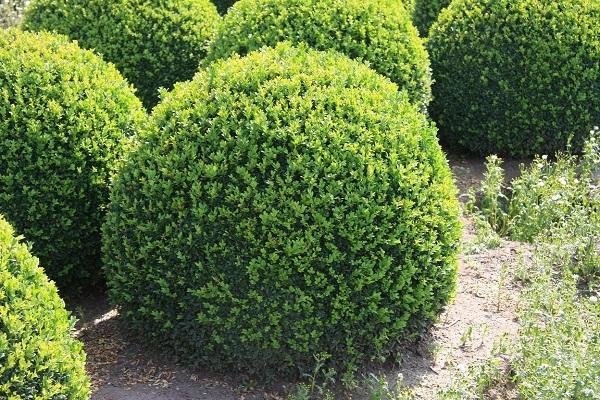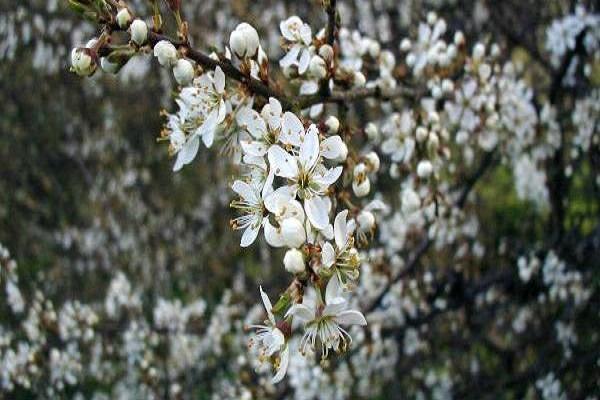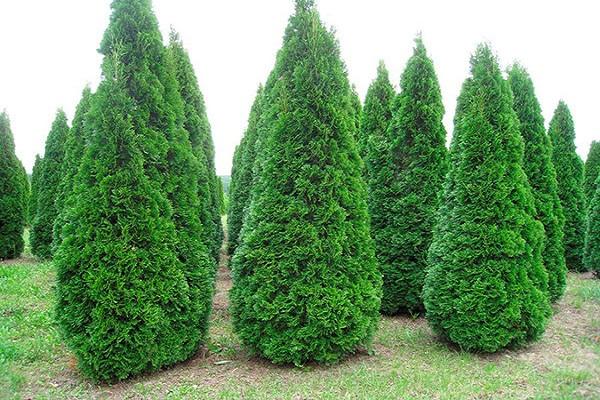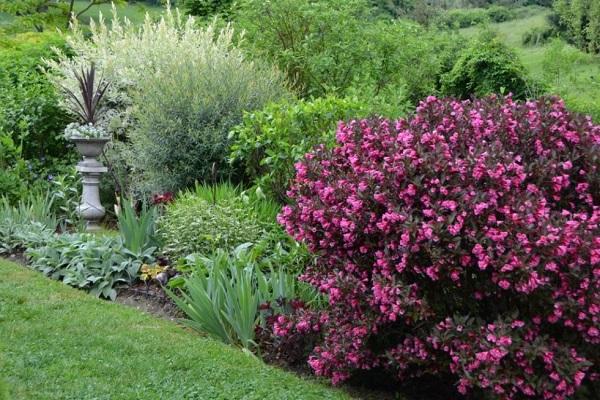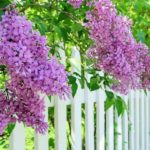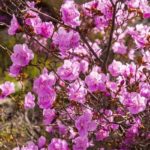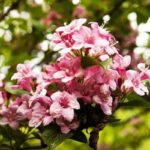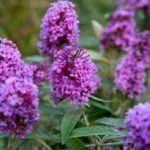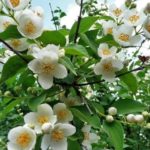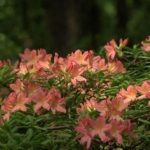The most important advantage perennial bush flowers for the garden It is considered to save the time and effort of the site owner. Once you place plants in a flowerbed, you can admire the riot of colors for several years throughout the summer season. In the assortment of these crops, each gardener will choose an option that suits his parameters, and caring for such flowers will not cause difficulties even for a beginner. Perennial bush flowers are not picky about growing conditions, but this does not in any way affect their appearance or alluring aroma.
- Benefits of planting perennial shrubs for the garden
- Popular shrubs
- Park roses
- Garden jasmine (mock orange)
- Rhododendron
- Lilac
- Spirea
- Buddleya
- Hydrangea
- Weigela
- Magnolia
- Forsythia
- Barberry Thunberg
- Common hazel
- Mahonia holly
- Japanese maple
- Loch
- Boxwood
- Bladderwort
- Dogwood
- Turn
- Honeysuckle
- Juniper
- Thuja
- How to choose the right shrub?
- Features of cultivation and care
- Examples of flower bed designs
Benefits of planting perennial shrubs for the garden
The advantages of planting such plants on their plot or in the garden include the following:
- Saving effort and time - no need to plant flowers every year.
- Undemandingness of bush perennial flowers to growing conditions.
- No need for complex care.
- The ability to create compositions from flowers, and even form them into living barriers instead of fences.
Popular shrubs
The list of perennial bush-type flowers has many representatives to suit every taste. They choose based on their tastes and the location of the garden.
Park roses
Park roses They grow strongly not only in width, but also in height, so they will become the optimal solution only for decorating a spacious area. It must be remembered that all artificially bred varieties in our regions need shelter for the winter. Among them there are also re-blooming varieties, so the whole season the garden will be enveloped in a magical pink aroma.
The variety of shades of park roses allows you to create harmonious compositions. Flowers need low groundwater, nutritious soil and protection from drafts.
Garden jasmine (mock orange)
Flowering perennial mock orange bushes look amazing, so they are often found in the gardens of domestic summer residents. Their sweetish jasmine aroma spreads throughout the area. And the variety of shades and varieties allows you not to think about the choice.The height of mock orange varies from 70 cm for dwarf varieties to 6 meters.
When planting, gardeners select varieties like this: garden jasmineso that waves of flowering come one after another. After all, the period of admiring jasmine flowers is short - only 2-3 weeks.
Caring for bushes is standard - timely watering and weeding, fertilizing and pruning.
Rhododendron
It is a member of the Ericaceae family and grows in both bush and tree form. In total, there are more than 1000 species of rhododendron, but not all are suitable for growing in our latitudes. Its flowers have different shades and look very similar to roses. However, this is not the only thing the plant is valued for - its foliage also looks very decorative.
For planting, frost-resistant varieties are selected that can survive the harsh climate of our regions. A site located on the shaded side of the building and loose, drained and acidic soil are the key to successful cultivation of perennial shrubs.
Lilac
The deciduous, beautifully flowering shrub is popular not only for its decorative value. Its medicinal properties are also widely used in folk medicine. Lilac is a long-lived plant; if the rules of care are followed, it can decorate an area for up to 100 years.
As a rule, all varieties of lilac are characterized by high winter hardiness, and some species can withstand temperatures down to -60 0C. The perennial shrub is not susceptible to major pests and tolerates the polluted air of cities, so it is often used for landscaping parks and squares. It is used to create borders and hedges.
Spirea
Spiraea belongs to the Rosaceae family and is a deciduous perennial shrub.Its advantages include increased frost resistance, ease of care and a long flowering period. Spirea is used both for creating hedges and for group plantings.
The arrangement of white, crimson, pink, carmine flowers depends on the variety - in some they are located only at the ends of the branches, while in others they densely cover the entire stem. Among them there are spring-flowering and summer-flowering species, so several bushes with different flowering periods are planted in order to admire the riot of colors of garden spirea longer.
Buddleya
A perennial shrub with thin shoots of buddleia looks decorative. Its advantage is long-term flowering, which begins in spring and lasts until frost. White, lilac, violet flowers are collected in panicles and in appearance are very reminiscent of lilac. In addition, buddleia is an excellent honey plant; all the bees from nearby apiaries flock to its strong aroma. The main thing in growing a shrub is to provide it with fertile, well-drained soil and a sunny area. Buddleia demonstrates increased resistance to diseases and pests.
Hydrangea
In mid-latitudes, preference is given to deciduous hydrangea species that grow in the form of a bush. The first flowers appear on it in the spring, and the last ones fade before the start of winter. The white hydrangea is most commonly found in gardens, but there are varieties with red, pink, blue and cream flowers. This indicator is affected by the level of acidity of the soil, so sometimes gardeners themselves change the shade of flowers at will.
The main requirement of the shrub is frequent and abundant watering.
Weigela
Its spectacular appearance and low maintenance make this deciduous perennial shrub a leader among gardeners.Weigela received its name in honor of the German botanist and pharmacologist. The shrub is an ideal choice for placing in a shady area where other plants refuse to bloom. The bell-shaped flowers are available in white, pink, yellow, cream and red. For weigela planting Only spring is suitable; if you do this in winter, the plant will not have time to take root before the first frost and will die.
Magnolia
It is known that magnolia with its heady aroma takes root only in warm areas. Its flowering occurs at the beginning of spring and ends in early summer. However, the perennial magnolia shrub is famous not only for its decorative properties; medicines are prepared from its petals and used in cosmetology. And all thanks to the essential oils that are found there. When planting a shrub, select the most illuminated place, since magnolia requires a lot of sun.
Forsythia
A recognizable feature of the forsythia shrub is the numerous yellow flowers that appear on the plant in early spring. Forsythia belongs to one of the most ancient families - Olive plants. Its height ranges from 1 to 3 meters. In many European countries, this shrub is considered a symbol of spring and is planted in parks and squares. Another highlight of forsythia is the change in color of the leaves from green to violet-purple with the arrival of autumn.
Barberry Thunberg
Thunberg barberry blooms in May. In place of the bell-shaped flowers of the bush, coral-red berries are set, reaching ripeness in October. By autumn, barberry foliage changes its color to yellow or bright red. Its popularity among gardeners is due to the shrub’s high frost resistance and ease of care.To plant it, select a sunny area, protected from cold winds.
Common hazel
Many gardeners decide to combine the decoration of the site with benefits, and plant deciduous hazel shrubs. Their height varies from 2 to 7 meters depending on the method of crown formation. This shrub is a long-lived shrub, delighting gardeners with its decorative appearance and fruits up to 100 years.
Mahonia holly
The evergreen shrub Mahonia holly belongs to the Barberry family. Thanks to planting this plant, you get both a beautifully flowering decorative decoration for the site and a harvest of tasty and healthy fruits, which is especially important in conditions of limited space.
Mahonia grows slowly, and in our regions it does not exceed one and a half meters in height. Inflorescences consisting of yellow flowers adorn the bush from mid-April to early June. The color of the foliage depends on the time of year: in spring and summer it is green, in autumn it is crimson-red, in winter it is brown.
Japanese maple
A highly decorative deciduous shrub native to Japan. The growth rate is quite slow; in our conditions they do not exceed 4 meters. The main decoration of the culture is its spreading crown and yellow-purple foliage. For planting them, select a well-lit place, since in the shade the Japanese maple loses its decorative effect.
Loch
A characteristic feature of the shrub is the young shoots of a silvery color, which look very decorative. During flowering, the crop is covered with yellowish-green fragrant flowers. The shrub has no special requirements for choosing a place - it grows both in the sun and in the shade.
Boxwood
Only warm regions are suitable for growing boxwood as a hedge.The main decoration of the shrub is considered to be small glossy leaves, but the flowers are small and inconspicuous. Boxwood is valued by gardeners for its shade tolerance, ease of care, and the fact that it responds well to pruning. This allows you to create fancy shapes of different shapes from bushes.
Bladderwort
The spectacular appearance determines the widespread use of vesicular carp for landscaping the area. It has a spherical dense crown, from which spreading branches with corrugated large leaves fall.
Dogwood
This shrub is used both for landscaping and for producing useful fruits. It is a long-lived species and can reach a height of 9 meters. During the flowering period, it is decorated with milky white or yellow flowers.
Turn
If you need to create an impassable fence, then there is no better option than blackthorn; its sharp and densely located spines create an insurmountable obstacle to penetration into the area. And the fruits of thorns are used to prepare aromatic wine for the winter.
Honeysuckle
Another option for double benefits. On the one hand, low honeysuckle bushes serve as a natural fence or are used for zoning an area; on the other hand, healthy berries are harvested from the bushes.
Juniper
An evergreen coniferous shrub that is unpretentious to care and is not afraid of frost. Its main decoration is its aromatic leaves. Scientists have proven that juniper cleanses the air of gas pollution.
Thuja
Plants are used to decorate alleys, squares, and create borders. The shade of the needles of an evergreen plant varies and depends on the variety.
How to choose the right shrub?
To choose the right perennial for a site, pay attention to the following parameters:
- Dimensions of the plot.
- Difficult to care for.
- Location.
- Purposes of use.
Features of cultivation and care
Each bush-type flower has its own rules for growing and caring.
Some need abundant watering and sun, others need shading and moderate moisture. These parameters are studied before purchasing seedlings.
Examples of flower bed designs
Before planning a plot for flower beds, study examples of ready-made options. This will help you avoid mistakes and create harmony in your garden.

